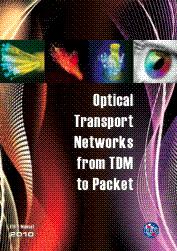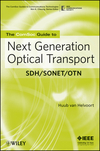ITU-T Recommendations G.707 / Y.1322 and G.783 define VC-4-Xv, VC-3-Xv, VC-2-Xv,
VC-12-Xv, VC-11-Xv for SDH. |
|
ETSI standard EN 300 417-9-1 defines VC-4-Xv, VC-3-Xv, VC-2-Xv and VC-12-Xv with reference to the ITU-T recommendations. |
|
ATIS - ANSI standard T1.105 defines STS-3c-Xv, STS-1-Xv, VT1.5-Xv |
 Optical
Transport Networks from TDM to Packet.
Optical
Transport Networks from TDM to Packet. The ComSoc Guide to Next Generation Optical Transport:
SDH/SONET/OTN
The ComSoc Guide to Next Generation Optical Transport:
SDH/SONET/OTN  Next generation SDH/SONET. Evolution or Revolution?
Next generation SDH/SONET. Evolution or Revolution?
 Modeling the Optical Transport Network
Modeling the Optical Transport Network  Optical Networking Standards
Optical Networking Standards More to come....
![]()
![]() Write me an email: To write
me an email click on:
Write me an email: To write
me an email click on:
Just in case you are lost return to my homepage.